pippinwhitepaws
Banned
- Jan 2, 2013
- 4,541
- 1,971
- Detector(s) used
- Whites prism III
- Primary Interest:
- Relic Hunting
Sorry you feel that way Homer. By the way do you have a theory?
Hal, you must keep in mind that the maps are carved in stone not painted on canvass. The images although not exact are very accurate and like you said sorta looks like it. When taken in context of indistinguishable desert they are easy to see and follow.
For anyone,
Have you ever wondered why there are four maps (+one or two inserts depending on what you believe)? Here is what I have learned form placing the stones as I have done (shown in previous posts). Once one positions the individual maps correctly, (superimposed onto an aerial map of the period [circa:1940's]) one must use triangulation (between all the maps) to resolve the final location. It will not happen until one has all the maps scaled & correctly placed. Kenworthy has demonstrated this understanding of triangulation in a video lecture that cactusjumper lent me and while his attempt was clumsy and not correctly placed, he did understand the final steps in unlocking the cypher. The symbols are obvious "treasure" symbols... it is how they were used by the individual artist which is the real bugger.
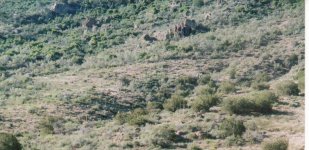
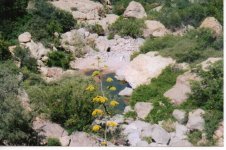
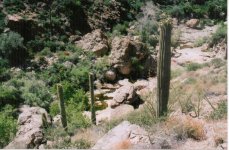
I'm always interested in different possibilities for solving the Stone Maps.
However, since I have been somewhat specializing in the question of "Who was the intended reader(s) of the Stone Maps," as a probable significant clue to the meanings of the symbols and mapping style, I need to ask you: "How was the intended reader of the Stone Maps supposed to know about your "special positioning and scaling" required of these?
And then, naturally, who was the intended reader(s)?
Hal, the only thing the stepped rocks represent is a trail marker which is so different than anything in the vicinity it is impossible to miss if you are looking for the steps on the front of the robe. Although I will acknowledge that the only way to see a specific clue is to be looking for it , something that looks like the carvings is probably it. I do not believe there is any symbolism used on the maps anywhere. I did not want to be a smart ass but if you were using the maps in an unknown land and something sort of looks like the clue carved on the map and it was in the right spot based on its secquence, I went with it and they all work. Every clue is clearly visible when you are on the trail and they are in sequence.
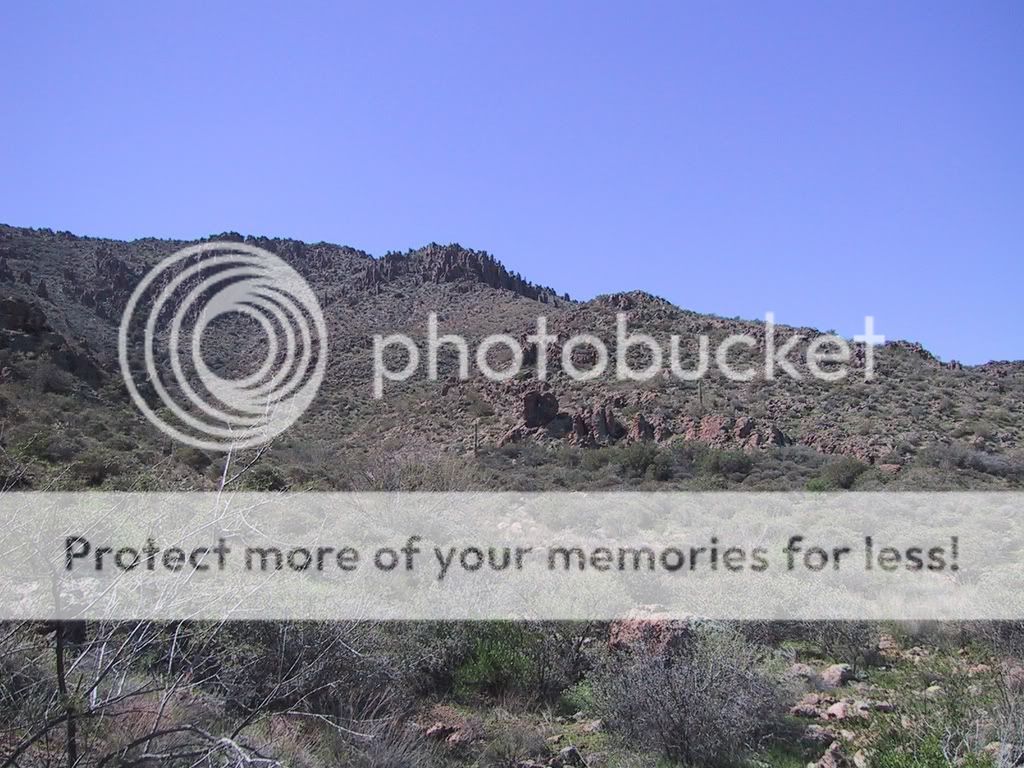
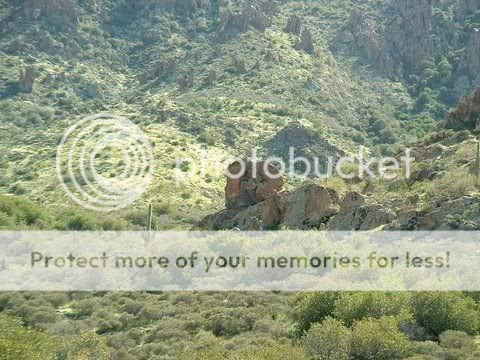
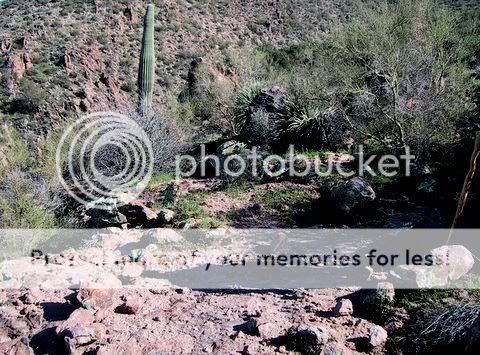
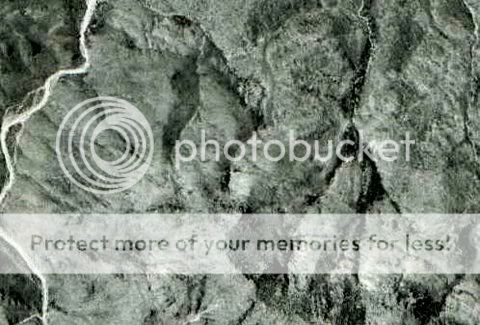
 Do you know where that familiar shape is.....on the ground?
Do you know where that familiar shape is.....on the ground?
aerial photographs?
the width of that trail is what I have been interested in for a few years...those trails just don't disappear...even if over grown...
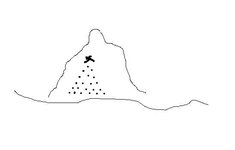
Somebody to feed the parrot .